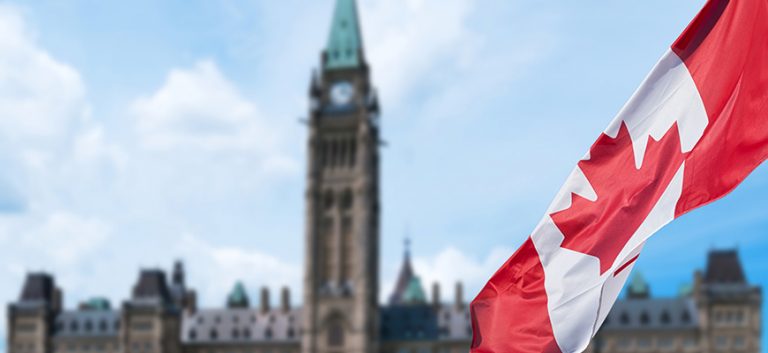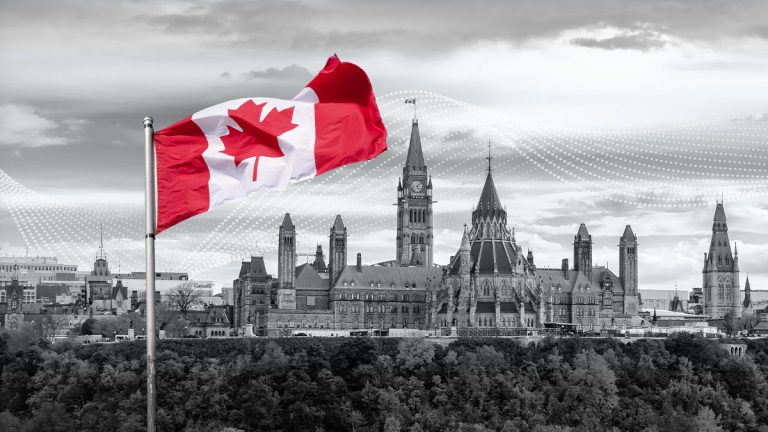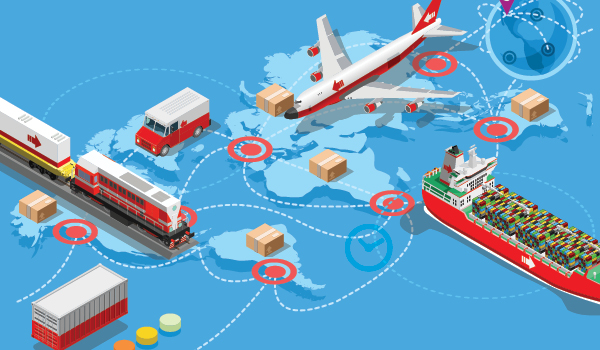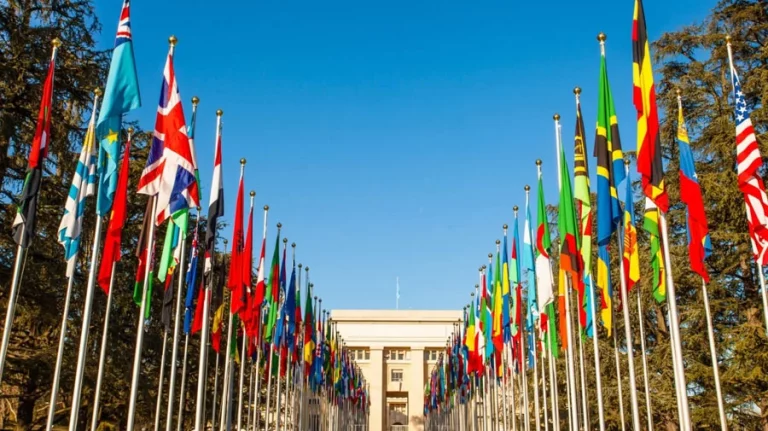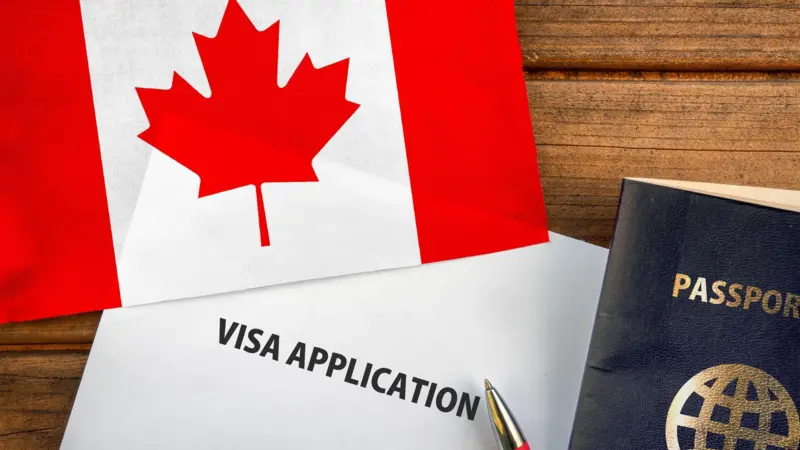
Getty Images
Canadian Immigration Guide
If you searched canadian immigration guide, this article gives a clear, current (2025) roadmap to the most common ways people move to Canada: economic programs (including the 2025 category-based Express Entry draws), provincial nominee routes, family sponsorship, humanitarian paths, regional programs like the Atlantic Immigration Program, caregiver pilots, and the steps from permanent residence (PR) to Canadian citizenship. Below you’ll find what each pathway is for, who qualifies, practical steps, and where to check official processing times and forms.
Quick overview — the main pathways in one line
Canada offers several routes to permanent residence: Express Entry (federal skilled workers, Canadian experience), Provincial Nominee Programs (PNPs), family sponsorship, regional/employer-driven streams (Atlantic, Rural and Northern, etc.), humanitarian routes (refugee and asylum), caregiver/home-care worker pilots, and special categories (Start-up Visa, humanitarian and compassionate cases). For international students there are clear post-graduation routes to PR. Use the IRCC “Come to Canada” and program pages to confirm which program fits your situation. (Canada.ca)
Express Entry (2025 updates) — category-based selection
Express Entry remains the central federal economic intake system for skilled immigrants. In 2025 IRCC confirmed it will continue category-based selection draws that target specific labour needs (for example, Canadian Experience Class candidates, education categories, or health-care workers depending on labour shortages). Candidates create an online Express Entry profile and are invited to apply for PR in rounds that can prioritize experience in Canada or in-demand occupations. If you’re eligible, make a complete and up-to-date profile so you can be considered in category-based draws. (Canada.ca)
Provincial Nominee Programs (PNPs) — local employers and priorities
PNPs let provinces and territories nominate applicants who meet local labour market needs. Each province runs streams (some aligned with Express Entry) targeting skilled workers, international graduates, entrepreneurs, and in-demand occupations. If a province issues you a nomination, you can apply for PR through IRCC (Express Entry linked PNPs typically fast-track processing). Check the specific provincial streams because eligibility and document requirements vary. (Canada.ca)
Family sponsorship — spouse, partners and dependent children
Canadian citizens and PR holders can sponsor close family members — most commonly spouses, common-law partners, conjugal partners, and dependent children — to become permanent residents. Sponsors must meet basic eligibility and undertaking requirements (including financial responsibilities) and file sponsorship and PR applications according to IRCC procedures. Processing times and specific forms are posted on the IRCC family sponsorship pages. (Canada.ca)
Refugees and asylum — protection-based pathways
Canada offers protection for persons in need through refugee resettlement and inland asylum claims. You may come as a resettled refugee via government or private sponsorship programs, or you may claim asylum from within Canada if you fear persecution in your home country. These processes involve eligibility screening, interviews, and possible hearings; they also include supports while claims are processed. If you are considering this route, use the official refugee pages for eligibility, and be aware the system and policies can change over time. (Canada.ca)
Regional and employer-driven streams — Atlantic and other targeted programs
Programs like the Atlantic Immigration Program enable employers in Atlantic Canada to hire skilled workers and international graduates with a path to PR. Other regional initiatives (rural and northern streams, pilot programs) exist to address local labour shortages and demographic needs. These programs typically require a job offer from a designated employer and settlement plans agreed with the employer and community. (Canada.ca)
Caregivers and home-care worker pilots (2024–25)
Canada has modernized caregiver pathways. Recent caregiver pilots and home-care worker programs provide routes to PR for eligible home care workers and child-care providers who meet work-experience, language and admissibility requirements. Some older caregiver pilots closed to new applicants in previous years, so check the active Home Care Worker Immigration pilots and current IRCC guidance for the precise application windows and documentation needed. (Canada.ca)
International students and paths to PR
Studying in Canada remains a strong route to PR: post-graduation work permits (PGWP) give international graduates Canadian work experience that helps in Express Entry and many provincial streams. IRCC’s “Path to PR after graduation” tool describes options and steps for students who wish to transition to permanent residency. Make sure to maintain legal status, keep transcripts, and secure proper work authorization after graduation. (Canada.ca)
From PR to citizenship — residency and requirements (2025)
Most permanent residents become eligible to apply for Canadian citizenship after meeting residency and other requirements: generally 1,095 days (3 years) of physical presence in Canada within the five years before applying, at least 730 of which must be as a PR (there are some nuances and exceptions). Applicants must also meet language and knowledge requirements and be admissible. Use the IRCC citizenship pages and the official online eligibility tool before applying. (Canada.ca)
Practical steps and tips — how to approach your application
- Check official IRCC pages first. Always use Canada.ca/immigration for forms, fees and processing-time estimates. (Canada.ca)
- Choose the right program. Use the Come to Canada tool to narrow options, then read the program-specific guides (Express Entry, PNP, family sponsorship). (Canada.ca)
- Gather documentation early. Police certificates, educational credential assessments, language test results, employer references, and passports are common requirements.
- Keep status legal in Canada. If you’re already in Canada, maintain a valid study or work permit while applying.
- Watch for program changes. IRCC adjusts priorities and draws (for example, category-based Express Entry in 2025), so keep your profile current and follow official news releases. (Canada.ca)
Where to get help
- Official sources: IRCC and provincial immigration websites are authoritative for rules, forms and news. (Canada.ca)
- Authorized representatives: Only hire a paid consultant or lawyer who is licensed (members of Immigration Consultants of Canada Regulatory Council or a provincial law society).
- Settlement services: Many communities offer free settlement and legal clinic support to help newcomers navigate forms and integration.
Follow TNN for CANADIAN IMMIGRATION UPDATES and more CANAD NEWS TODAY!
